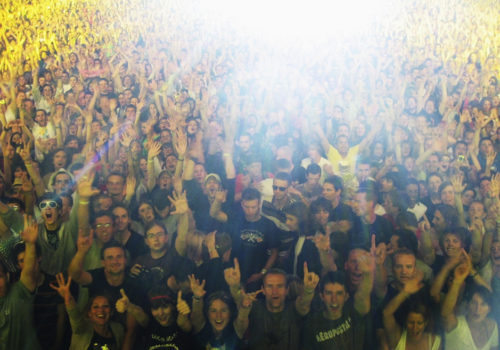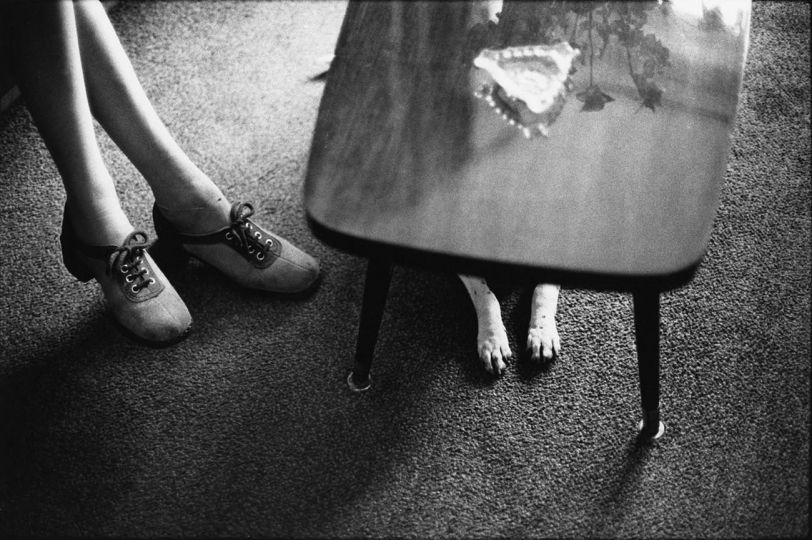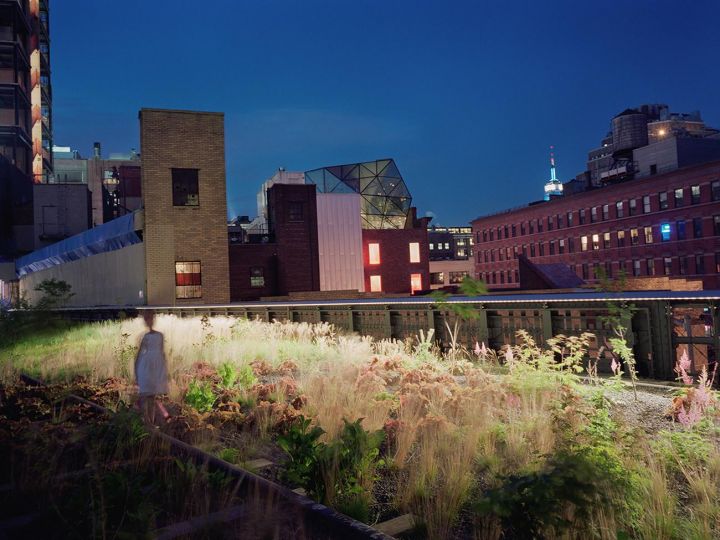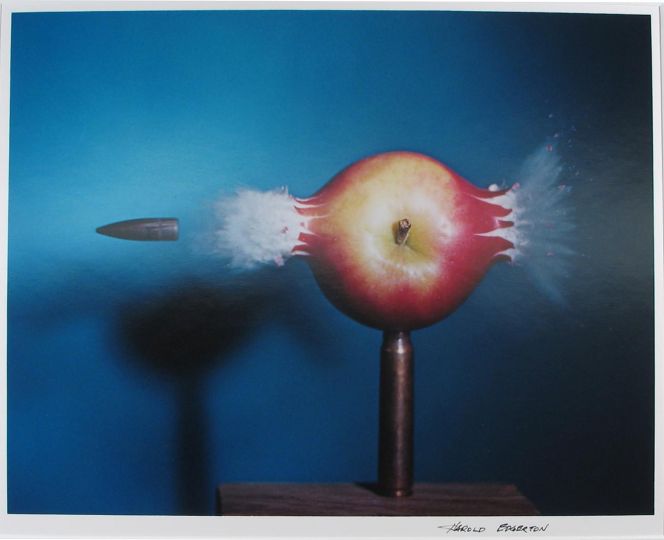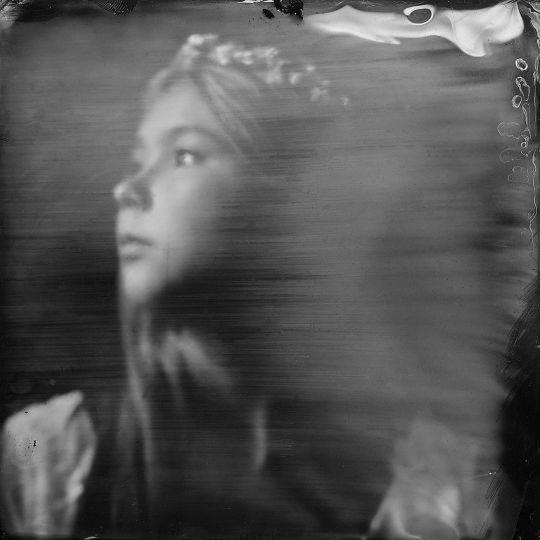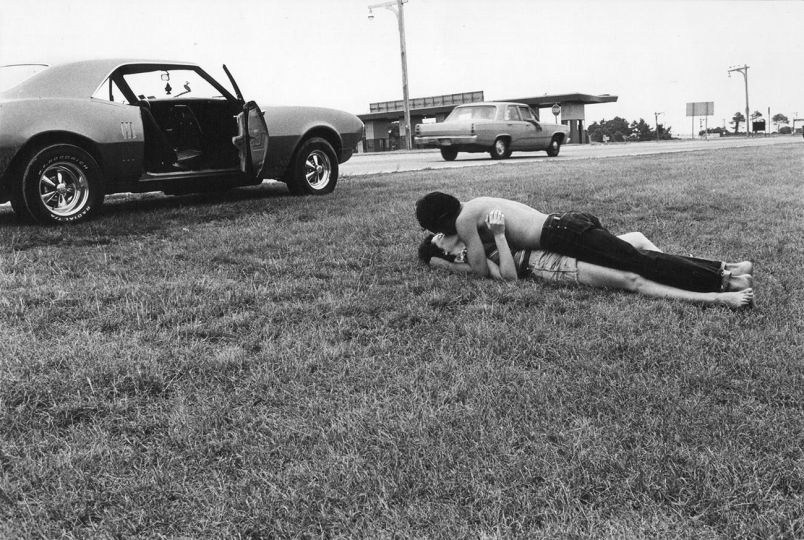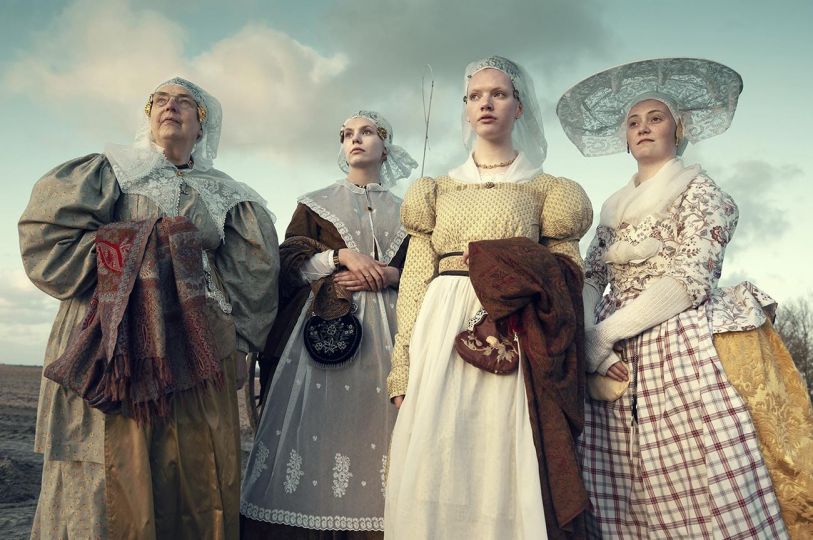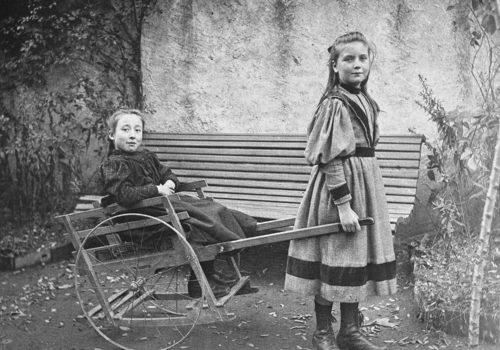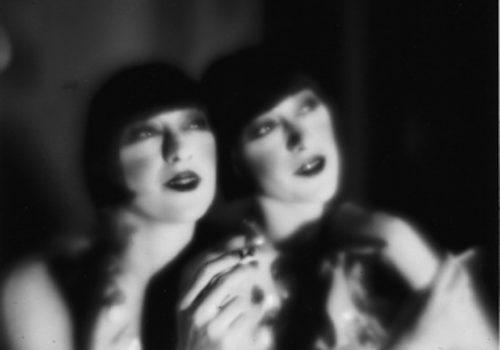On view at CLIC Gallery in New York from May 12th, Moby’s Destroyed is litany of intriguing photo images taken all over the world. A behind-the-scenes international odyssey, Destroyed introduces us to a side of touring that is often unexposed; secluded time spent in artificial spaces like hotel rooms and backstage waiting areas. The combined album and photo book provides an intimate look at Moby’s world and his creative process as an artist, both the music and photos were created in the same period and draw inspiration from the strange and sublime world of touring.
An international programme of exhibition of the photographs is set, which will take place throughout the summer.
The book published by Damiani, is available worldwide from May 16, 2011.
Below is the introductory text by Moby on his project:
“I’ve actually been taking pictures for as long as I’ve been making music. When I was 9 years old (around the same time I started studying music) my uncle gave me my first camera, a nikon F. my uncle (Joseph Kugielsky) was a photographer for the New York Times and National Geographic magazine, and I thought that he had the most glamorous job in the world (a photographer!). I remember when he gave me his old Nikon F, I felt like I’d been given a gift from the gods. This was a REAL camera, as up until that point I’d only taken bad snapshots on a 110 instamatic. the Nikon F was completely manual, and it took amazing pictures (once I got a light meter and learned about exposure, before that my first 2 rolls came back completely black).
A few years after getting the Nikon F my uncle gave me his old omega d-2 enlarger (I happily became the repository for all of the equipment that he had stopped using). Once, I learned how to work in a darkroom I became truly obsessed, shooting all day and developing and printing all night. I started saving up to buy photo books (as well as saving up to buy records and musical equipment), and when I was a teenager I became obsessed with Edward Steichen and André Kertesz and man ray and Diane Arbus (maybe it’s strange to be obsessed with dead photographers when you’re 16 years old?). i didn’t know how to develop or print color film, so I only shot black and white and pretty much only paid attention to other photographers who shot black and white (which, luckily, was everyone).
As time passed I eventually went to suny purchase, where there was an amazing photo lab, which was great because it meant that I didn’t have to mix my own chemicals anymore! The photo lab would open at 2pm, so I would get there promptly at 1:50 pm and stay until they closed. My life at that time was simple: make music, go to school (where I was a philosophy and photography double major, never quite graduating…), take pictures, develop and print, and play records so I could pay the rent, which was $50 a month, as I lived in an abandoned factory at the time. I experimented with larger formats, even experimenting with huge 3 feet X 3 feet liquid light canvasses with a friend of mine, but I always came back to 35mm as I loved the aspect ratio, how many shots I could get on a roll, and also how the grain looked when I shot high asa (I remember being very excited when they introduced 3200 asa with it’s HUGE blobs of grain). As time passed I got a digital camera and put my 35mm cameras and my enlarger into the basement (where they still reside). I admit, I miss film. I miss being in a darkroom for 6 hours at a time.
But, I love digital photography. I love the immediacy and the portability of shooting digital, and I love being able to shoot hundreds of images at a time (although I rarely do. I think that I still shoot like someone who has to process and print his own film. in other words: sparingly). On a technical note, I’m glad that I grew up shooting with a Nikon F and processing and printing my own film, as I feel like it’s helped me to approach photography differently than if I’d just grown up shooting digitally.
The pictures in this book were all taken on tour (and the songs on the album were all written on tour in strange hotel rooms).
I wanted to put out a book of tour photos, because touring is strange.
Whereas most people think of touring as being unrelentingly glamorous, the truth is that touring is unrelentingly strange and disconcerting. I’m not complaining, but touring is, at its core, weird.
The strangeness of touring:
a-a constant nomadic, peripatetic daily existence.
b-the anonymous spaces (hotel rooms, backstage areas, airports)
c-the complete isolation (hotel rooms) juxtaposed with complete immersion in seas of people.
d-constantly existing in artificial spaces that have been created by other people.
Again, I’m not complaining, but touring is weird and isolating. I hope that somehow in these pictures I’m able to convey the mundanity of touring as juxtaposed with those moments of the disconcerting and/or the sublime. One minute on tour you’re by yourself in a soul-less airport, the next minute you’re flying over the most beautiful landscapes on the planet. One minute on tour you’re by yourself in a soul-less backstage area, the next minute you’re on stage in front of 75,000 people. touring is all contrasts and strangeness, and that’s what I’ve tried to convey through these pictures. i also love the vacuum-like aesthetic of touring. 99% of the time while on tour you find yourself in completely life-less environments (hotel rooms, dressing rooms, airports), and then all of a sudden you’re surrounded by thousands and thousands of people and strangers. touring tends to swing from the absurdly empty to the absurdly full. and from the absurdly lifeless to the absurdly fecund.
As I mentioned briefly, the music on the album (I still call them ‘albums’…) was primarily written while on tour. And, for the most part, the music on the album was written in hotel rooms at 3 a.m when I was wide awake with insomnia and everyone else on the planet was, as far as I could tell, sleeping. The music on ‘destroyed’ and the photos in ‘destroyed’ work with each other, as they were both created at the same time in roughly the same environments and were inspired by the same daily touring experiences of the strange and the sublime.
These pictures weren’t staged or planned, as they almost always involved me randomly looking out a window or looking across a room or looking across a sea of people and seeing something that seemed interesting at the time. In this quasi-random approach I was always inspired by Andre Kertesz, in that his pictures seemed accidental and formal at the same time, and his pictures possessed a sort of accidental beauty. one of my goals through my pictures is to take the normal and present it as odd and to take the odd and present it as, well, normal. Or, at the very least, to take the quotidian and present it in a way wherein it’s seen differently. And oh, to anyone who’s come to one of my concerts: thanks. Without you I probably would’ve just stayed home and taken pictures of the boring stuff in my kitchen.
Thank you for letting me go out into the world to see the strange and beautiful and mundane and sublime and disconcerting things I’ve been able to see.”
Moby
On view from May 12th, 2011 to June 26th 2011
CLIC Gallery
255 Centre Street
New York, NY 10013
ph: 212-966-2766

